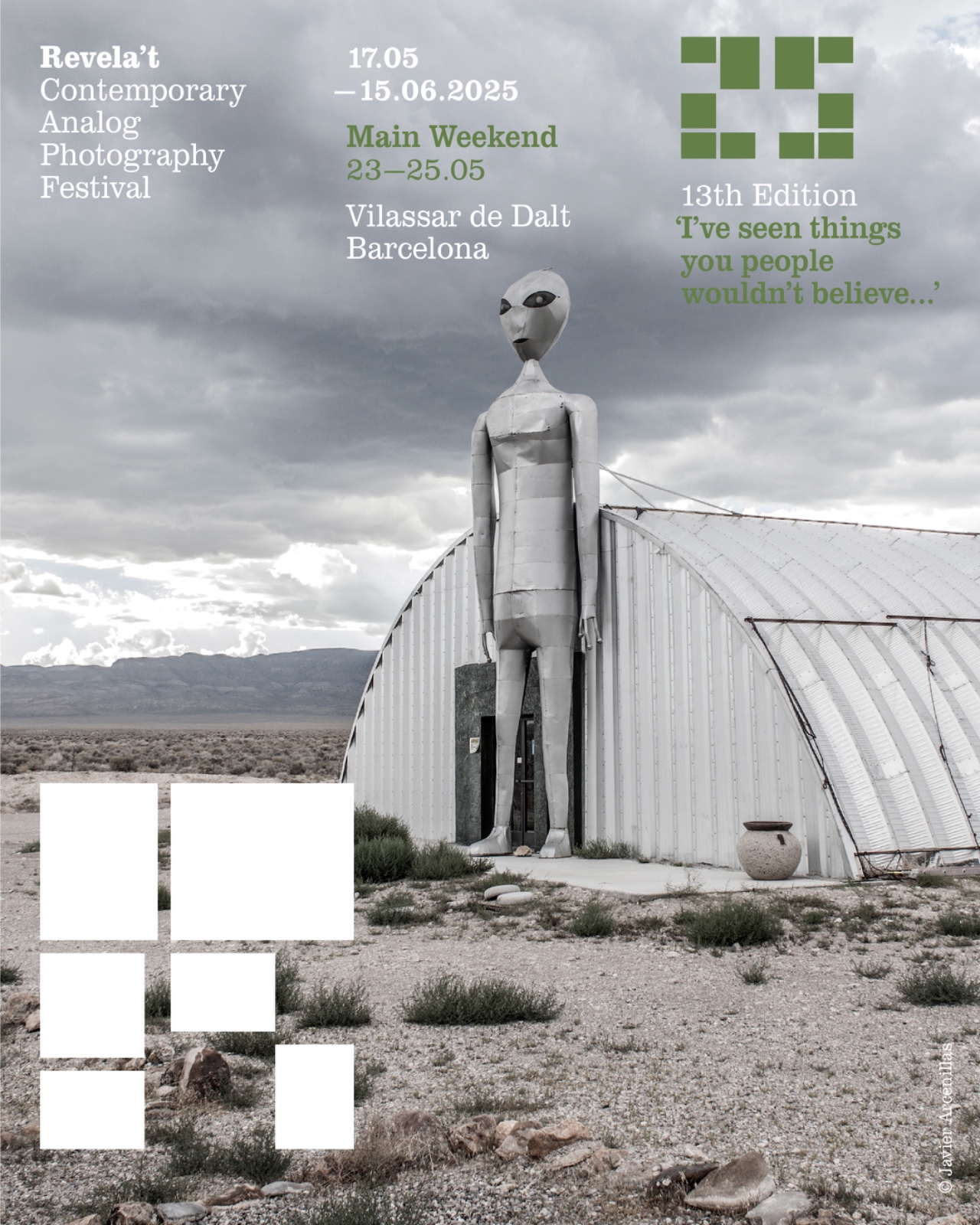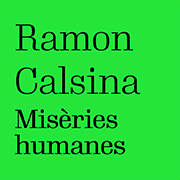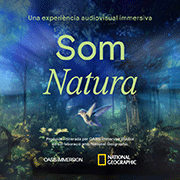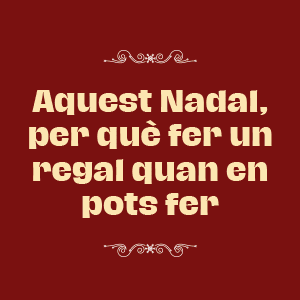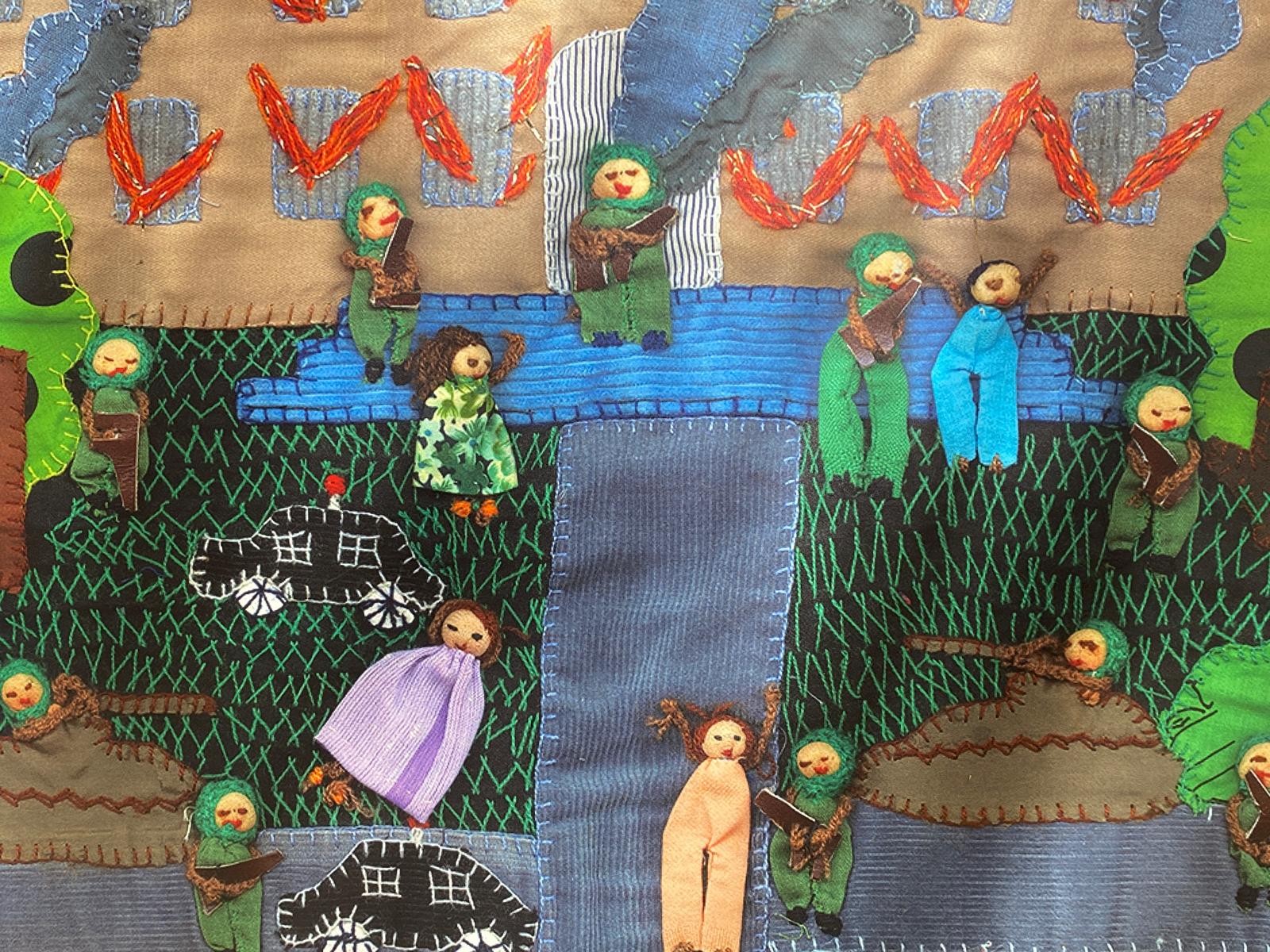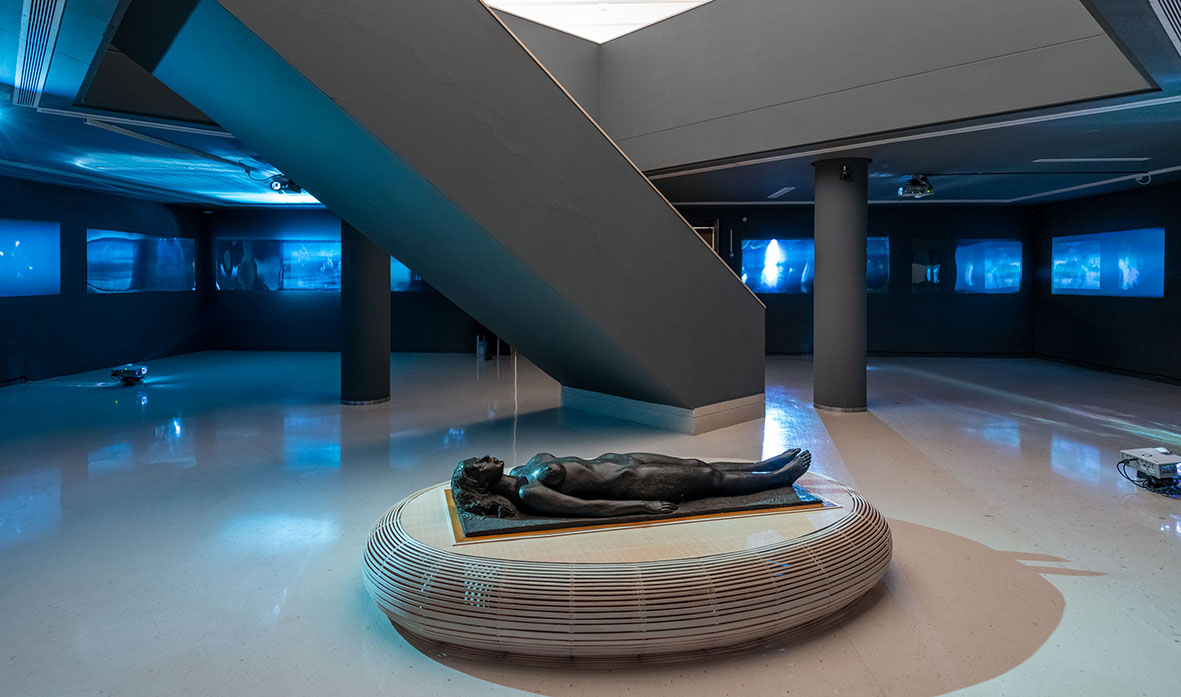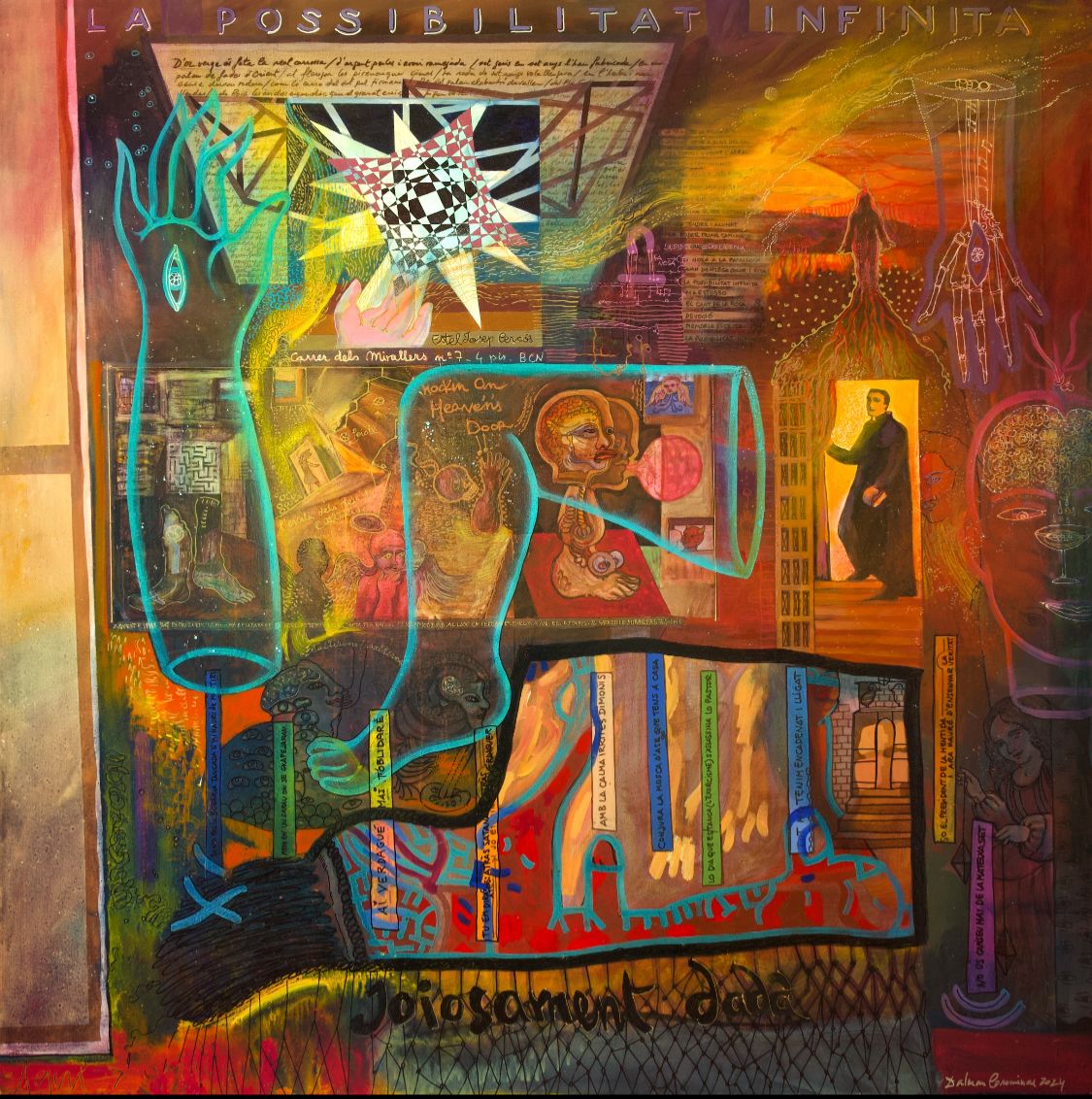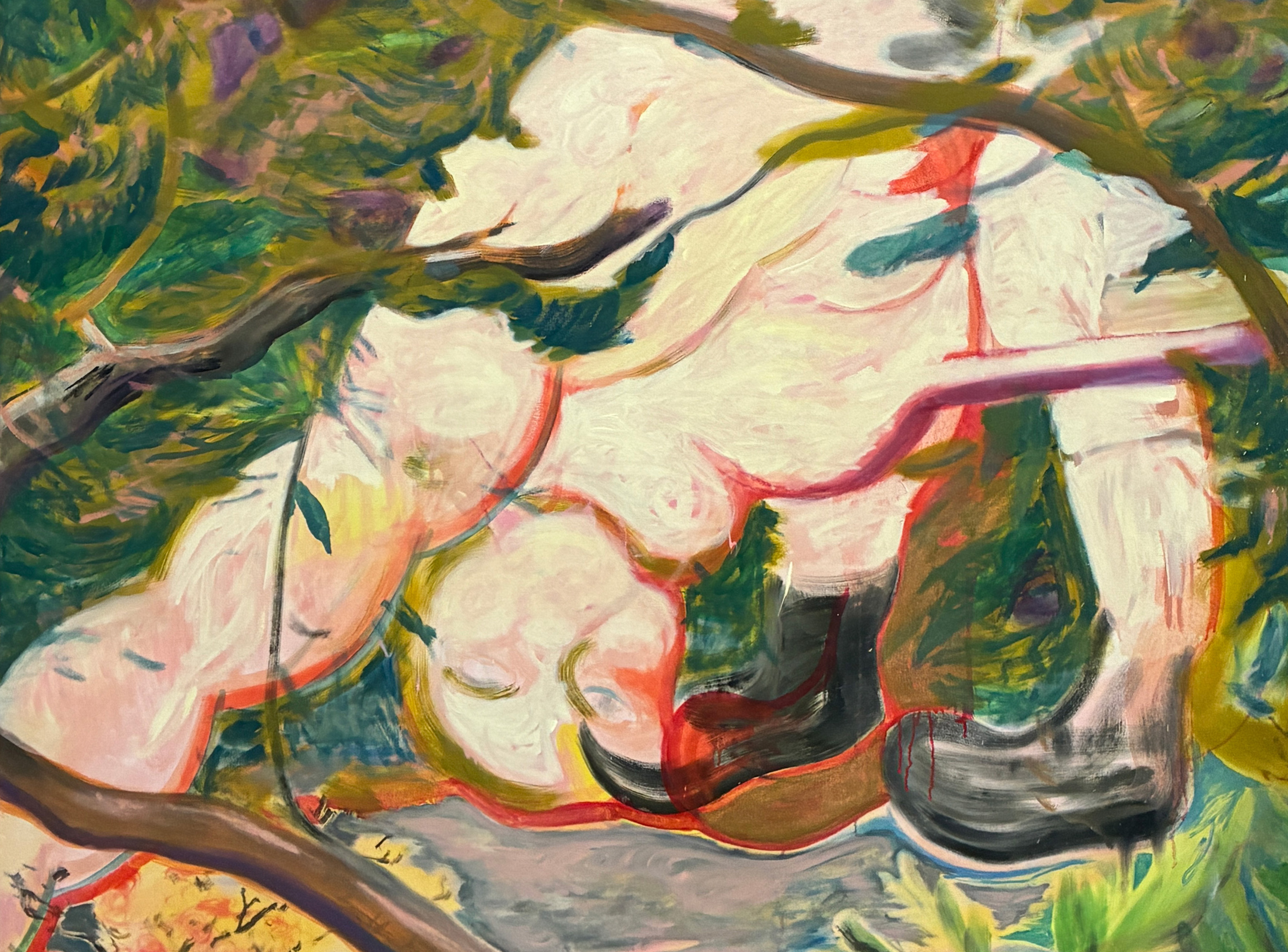interviews
Pep Mínguez: "We have not caused the return to analog, but we have contributed our bit"
Until June 15, Vilassar de Dalt is hosting the thirteenth edition of the Revela't festival, an event dedicated exclusively to analog photography.
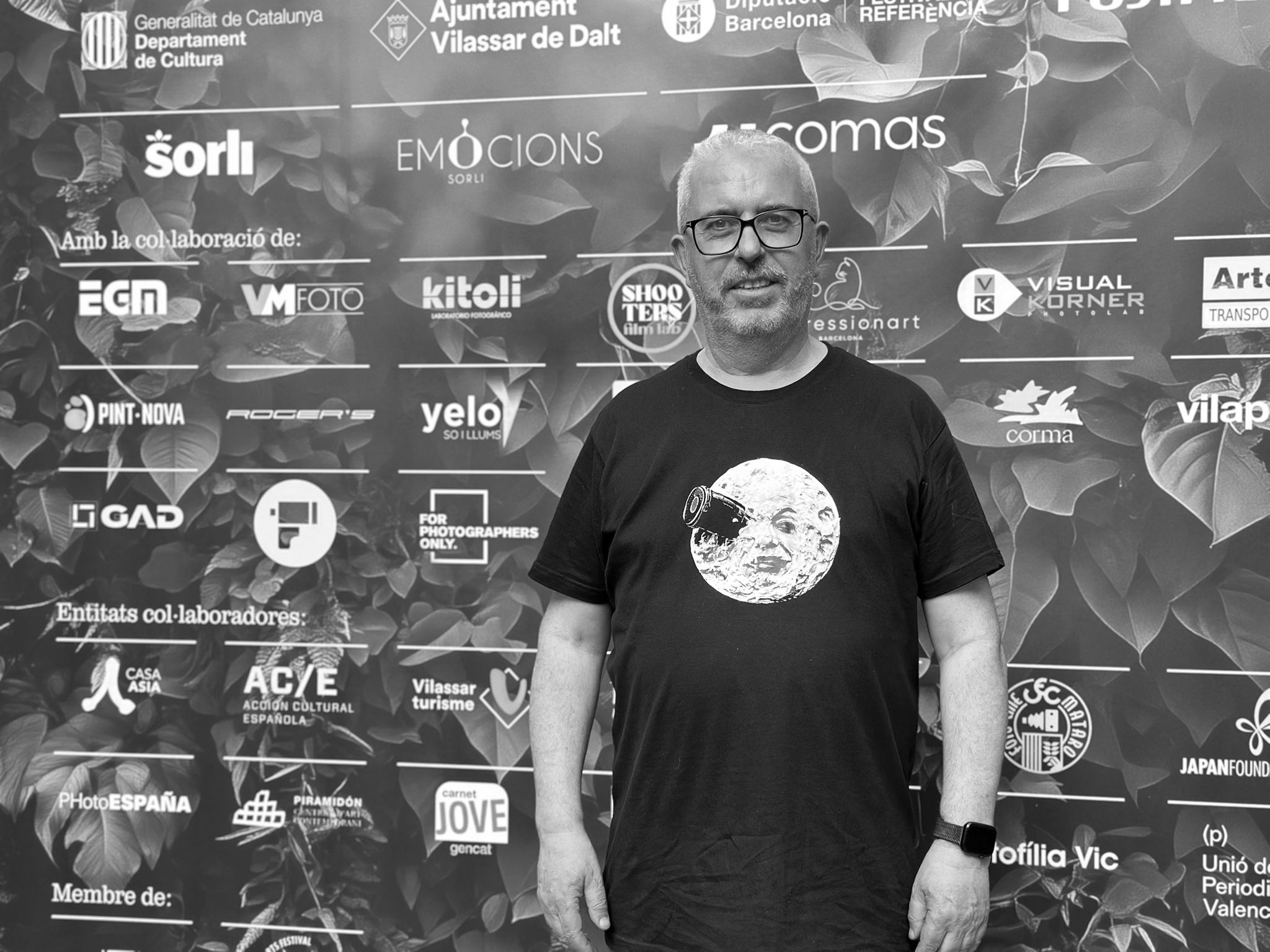
Revela't reaches its thirteenth edition as an international reference festival in the field of analog photography and chemical photographic processes. For almost a month, Vilassar de Dalt transforms into a nerve center that claims a leisurely, reflective and experimental photographic practice, which challenges the immediacy of the digital image.
As every year, the festival offers a program that includes exhibitions, talks, specialized workshops and parallel activities, this year with a special focus on Juan Manuel Díaz Burgos , documentary photographer and humanist, who is the honoree of this edition. Also worth noting is the photographic market, recognized in Europe, where creators, publishers and collectors meet to share and promote analog photography and alternative processes.
We spoke with Pep Mínguez , director of Revela't since its inception, to learn more about the philosophy that underpins this festival and the challenges it poses at a time when analog photography is asserting itself as an art with its own identity and cultural resistance.
Nora Barnach. How did Revela't come about and how has it evolved over the years?
Pep Mínguez. The festival began almost by chance, celebrating the anniversary of another forum that we had in Catalonia. Since we had been working with analogue photography for many years, we decided to invite an American photographer, Quinn Jacobson, who worked with wet collodion. What was supposed to be a single workshop ended up becoming four. From there, word spread and people, upon hearing about it, suggested that we hold exhibitions. Eventually, eight were held, and that's how the festival was born.
Initially, we didn't intend to continue, it was a one-off initiative. But then we received hundreds of congratulatory emails and many encouraged us to do it again. That's how the second edition arrived, then the third... and little by little we began to grow the project to where it is today.
NB. And what do you think have been the keys to the festival growing so much? There is, without a doubt, a return to analog photography, a certain romanticism towards this type of photography.
PM. Yes, well, there is a clear return, without a doubt. I think digital is very practical and works very well, but it doesn't involve the same level of commitment that analog photography involves. We are always looking for long-term projects, people who are deeply involved. We haven't caused the return to analog, but we have contributed our grain of sand.
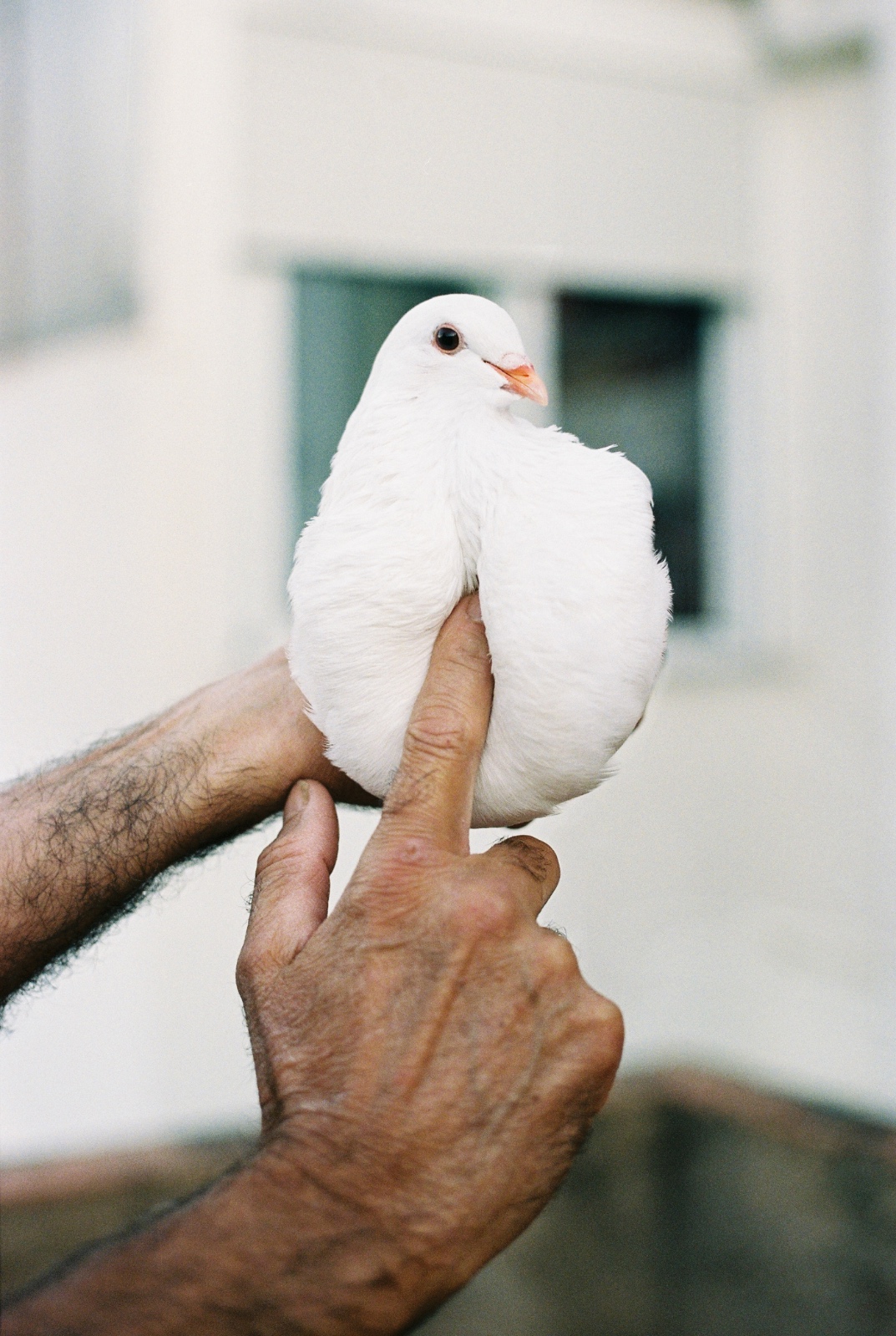 Pan, pijo y habas, Malu Reigal (2021)
Pan, pijo y habas, Malu Reigal (2021)
NB. This year the motto is “I've seen things you wouldn't believe…” What's behind this iconic phrase and how does it fit into the spirit of the festival?
PM. The motto comes from the final monologue of the film Blade Runner. We always try to work on open themes, which allow us to surprise the audience, and this one seemed ideal to us. We have the handicap of being a festival focused on analogue photography —there aren't that many people who work in it— but, despite this, we receive many projects, and some of them fit perfectly with this idea of improbability, of things that are hard to believe.
Furthermore, the current context—with wars such as those in Ukraine or Gaza, or with the debate around artificial intelligence—also reflects situations that, a few years ago, seemed unthinkable.
NB. In this sense, how do you value photography, and especially analog photography, as a critical tool to address and question relevant and controversial issues in the current context?
PM. Well, our goal is to show it. Criticism is already implicit in each project, in what each author wants to say. The most important thing for us is to give space to these views and make them visible. I think there is a lot of variety and that everything is very well distributed, very well thought out and aligned with the motto and the relevant topics. Each proposal brings its own vision, but, at the same time, fits within the general story of the festival.
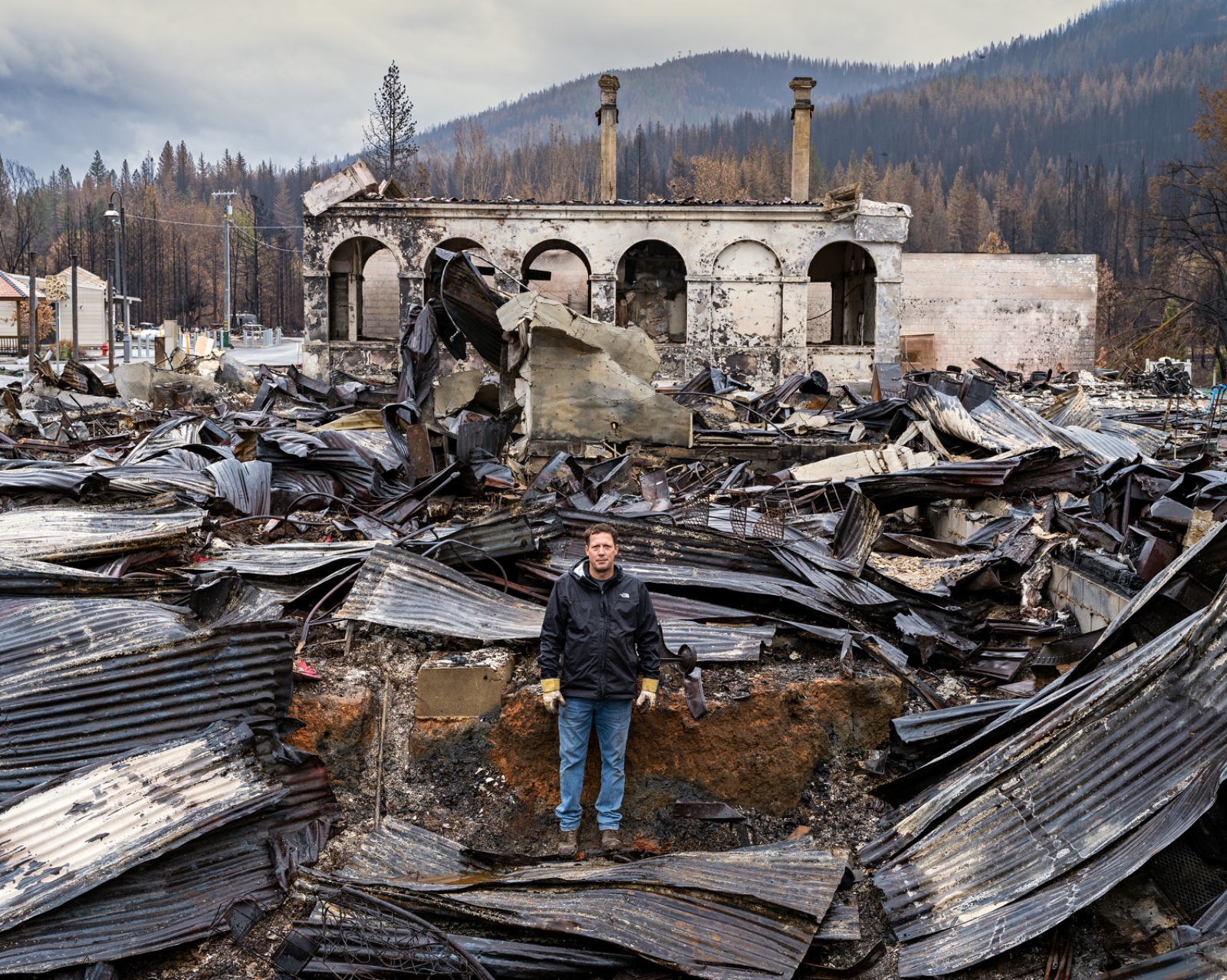 Kevin Goss, Gideon Mendel (2021)
Kevin Goss, Gideon Mendel (2021)
NB. How does the selection process for proposals work? How do you balance the presence of established artists with that of emerging creators?
PM. Throughout the year we select different people who we believe can fit the theme of the edition. For example, last year, during the festival itself, we already had some names in mind for the next edition. Normally, we start looking for slightly more recognized figures, because we think it's important to have some outstanding names that serve as an incentive to come. If it were only emerging voices, it would be great —and we have many!—, but we also believe that some more powerful exhibitions are needed to give balance to the whole. This year, for example, we have names like Masahisa Fukase, Rodney Smith or Gideon Mendel, who have a career that already speaks for itself.
We also make an open call through a platform. This year, for example, we received more than 600 projects. From there, a curated selection is made, from which three prizes are awarded, and, in addition, we also choose other proposals that fit well with the general discourse of the festival.
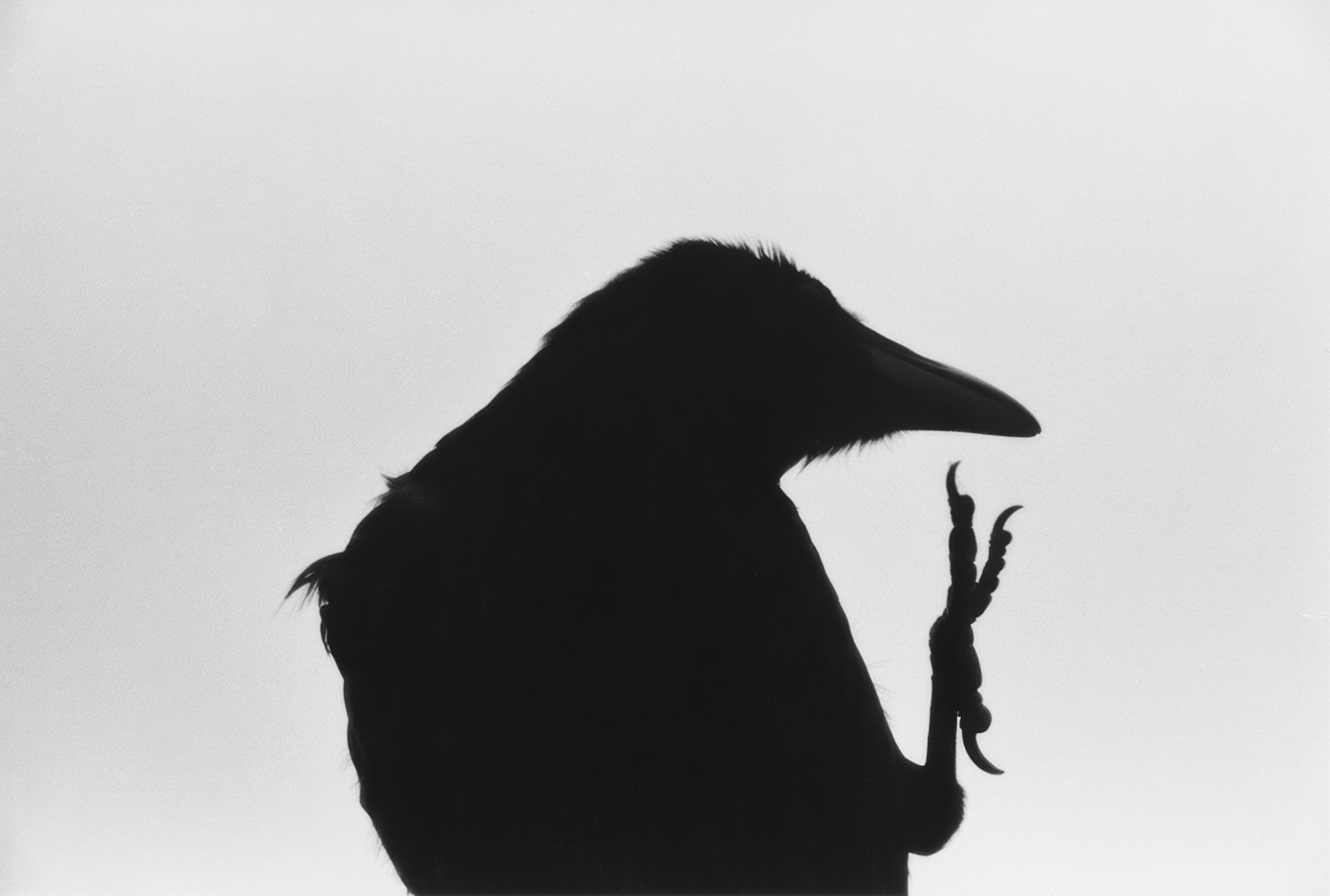 Ravens, Masahisa Fukase (1975-1986)
Ravens, Masahisa Fukase (1975-1986)
NB. Every year you pay tribute to a prominent figure in photography, this year Juan Manuel Díaz Burgos. What criteria do you follow to choose who you recognize and what does this tribute contribute to the festival's identity?
PM. Since the second or third year of the festival we started to pay this type of tribute to people who have had an important impact in the world of photography, but who have often not been sufficiently recognized. In fact, it all started with Josep Maria Ribas Prous, a photographer from Reus who happens to be the second most awarded photographer in the world and who helped us in the beginnings of the festival. We realized that there were figures like him, with impressive careers, who did not have the recognition they deserved. After him, we paid tribute to Joana Biarnés, who had her first exhibition here and who over time has become a key figure. We also recognized Eduardo Momeñe, a great theorist of photography, author of one of the most read books on young photography.
And over the years, names like Alberto García-Alix, Cristina García Rodero, Isabel Muñoz, Joan Fontcuberta have come... And this year, Juan Manuel Díaz Burgos. At first we asked him for an exhibition, but then we thought it was a good opportunity to recognize his career. He has received many awards, but he does not have, for example, the National Photography Award, and we believe that he is an author who deserves much more recognition for his great work. He is a great photographer and this is a way to make his contribution count.
NB. Apart from your own programming, what links do you maintain with other festivals or initiatives?
PM. We have a lot of them. In fact, for a couple of years now we have been part of a network called Territorio Foto, which brings together photography festivals from all over the Iberian Peninsula —both from Spain and Portugal. We meet every year, usually in Soria and some other place, to share experiences and, above all, to work together on a sustainability line. One of the ideas is to create a common fund of exhibitions to be able to share them between the festivals and make them more profitable and sustainable.
In addition, from Vilassar de Dalt we promoted a meeting that brings together analogue photography festivals. We started as the first in this field and, as others emerged, this connection space was created. Now we have a very active group, we exchange information, projects and exhibitions, and every year we meet in a different place. We have been to Poland, Romania and this year we will go to Finland. Also, through this network of complicity, concrete collaborations have emerged. For example, with Ariadna Rinaldo, who organizes two festivals in Italy, we have established a very good relationship, and this year they have asked her for an exhibition that we hosted here two years ago and that will now travel there.
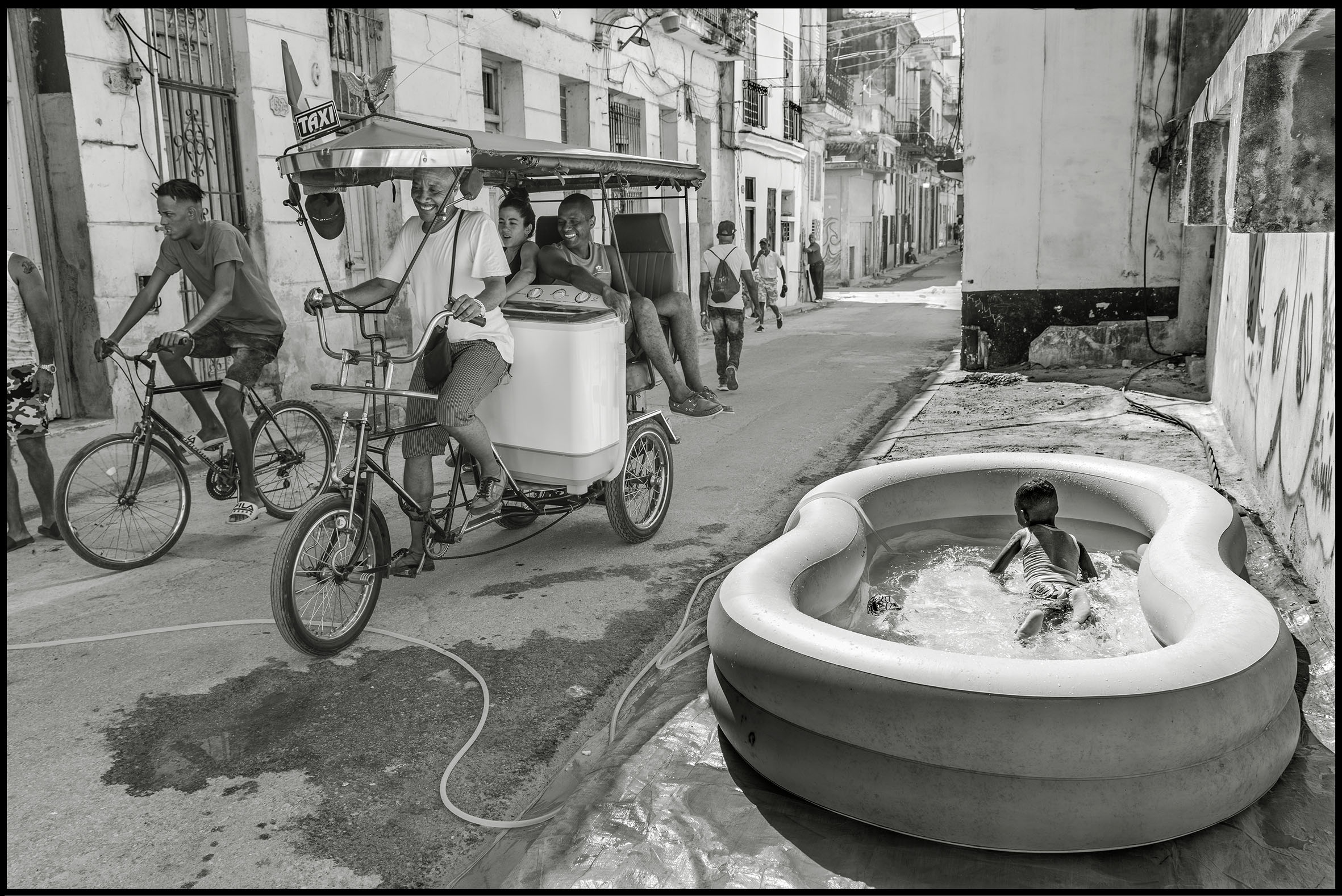 Movimiento continuo, Juan Manuel Diaz Burgos (1991-2023)
Movimiento continuo, Juan Manuel Diaz Burgos (1991-2023)
NB. What is the real difficulty of setting up an independent festival of analog photography in the current context? What are the most important obstacles you encounter?
PM. Well, it's very difficult. Unfortunately, here we are too used to culture being free, and people often prefer to pay 15 euros for parking than to visit 25 exhibitions. This means that we almost always end up depending on the institutions, which can vary greatly depending on their political color or their affinities. This year, just two weeks before the festival, when everything was already advanced and budgeted, one of the major institutions in this country cut us 14,000 euros. This shakes up the whole project and forces us to rethink many things.
We are lucky to have friends of the festival, who in some way collaborate and support us. They bring an audience to the festival and, in return, receive tickets and other benefits. However, another delicate aspect is that many institutions only cover part of the budget: they make an initial contribution before the festival, but then you have to wait a long time to receive the rest. As we are a non-profit entity, we have to close the year at zero. This means that we are the ones who advance the money, and we are often forced to take out a credit policy with interest rates higher than 7%.
 Kolsky, Tanya Sharapova (2019)
Kolsky, Tanya Sharapova (2019)
NB. In your experience, do other festivals, especially abroad, also suffer from the same difficulties in funding and institutional support?
PM. Most of these other festivals are much smaller and, in fact, are more ethnological or small-scale festivals compared to ours.
NB. But, precisely because you are older, shouldn't you have more facilities, right? The added value you bring is much higher.
PM. Exactly, and that makes the situation even more frustrating. You would expect that, with our scale and impact, we would have more support and more facilities, but that's not always the case. If this whole system is not rethought, I fear that this is the way for all cultural initiatives in this country to die.
NB. Main challenges for the festival in the coming years?
PM. The main challenge is simply to continue. This year we are seriously rethinking whether we should continue doing the festival in the same way or if something needs to change, because… a festival needs to grow. Another option would be to make it smaller, but we don’t think it would be worth it.
